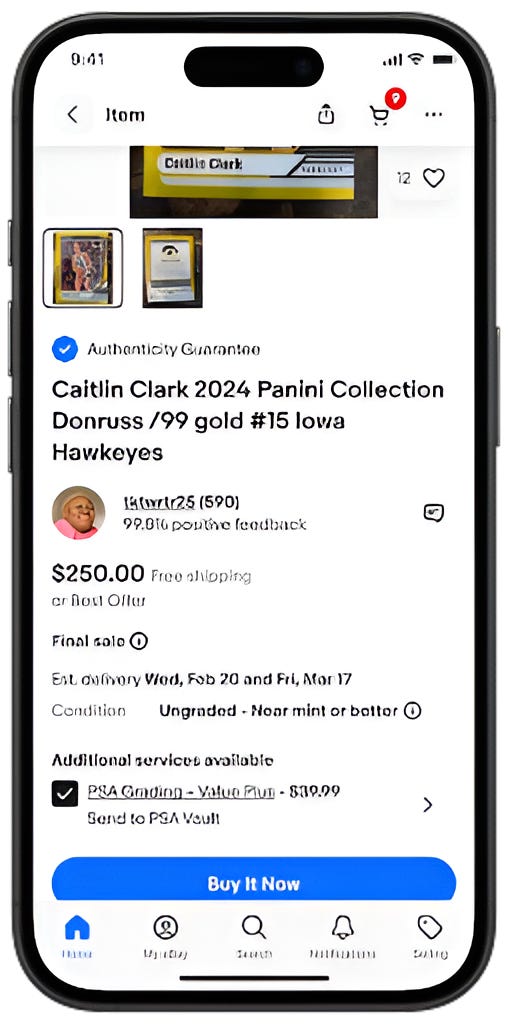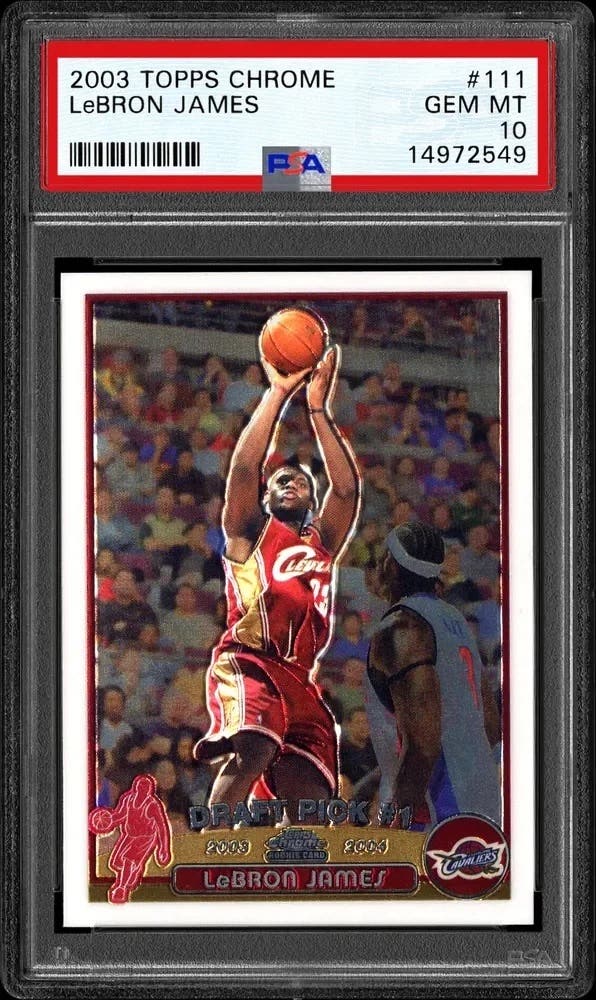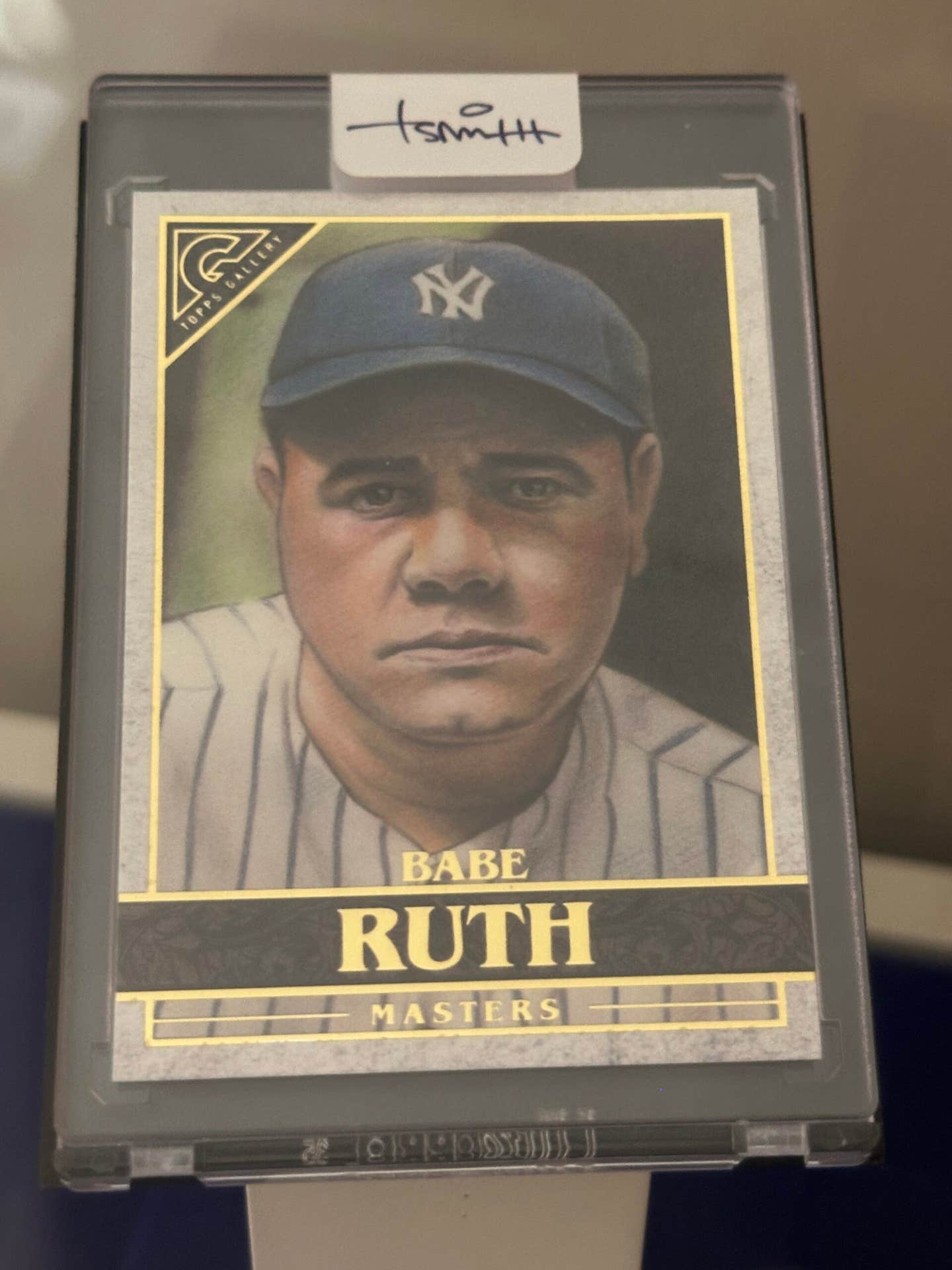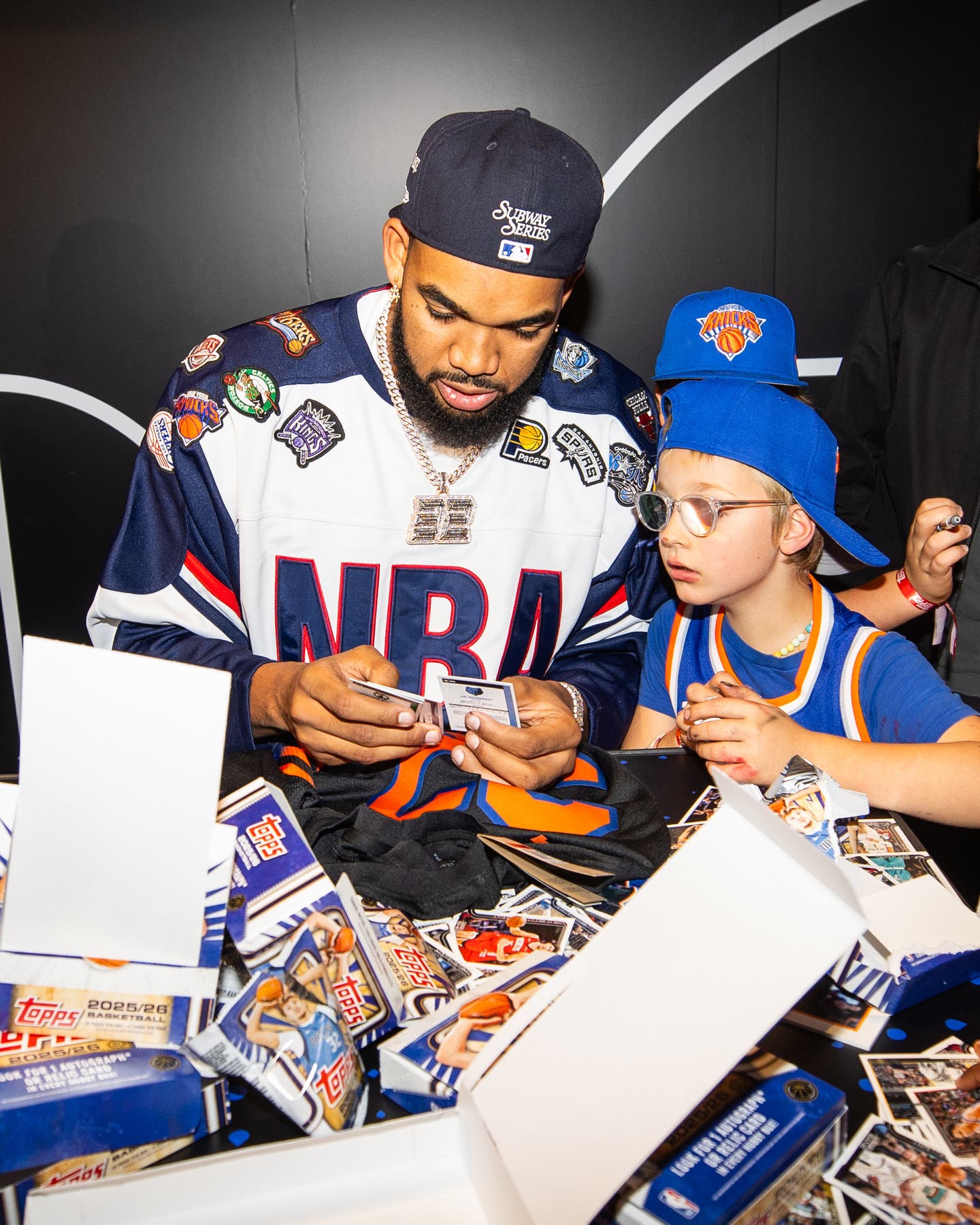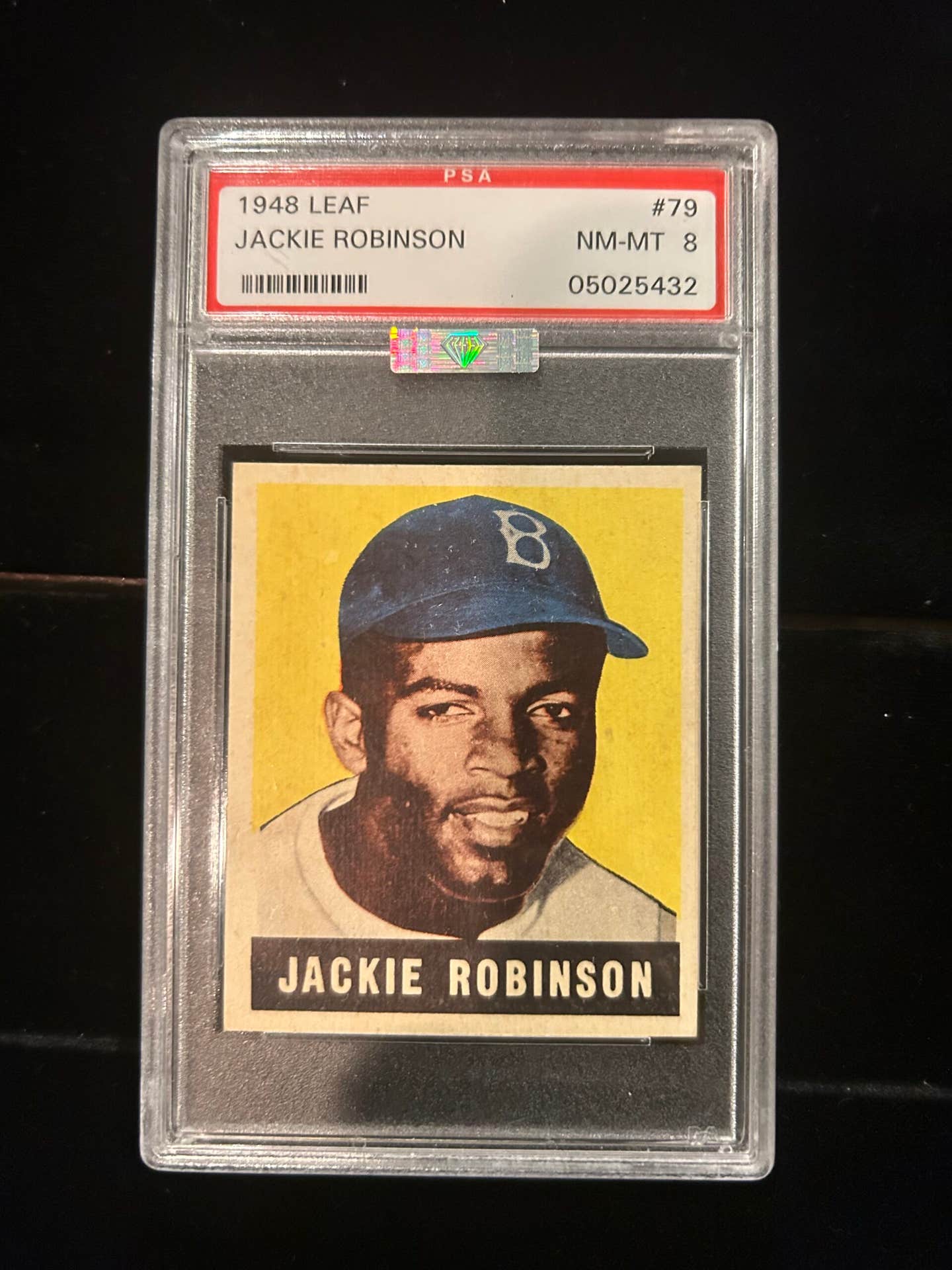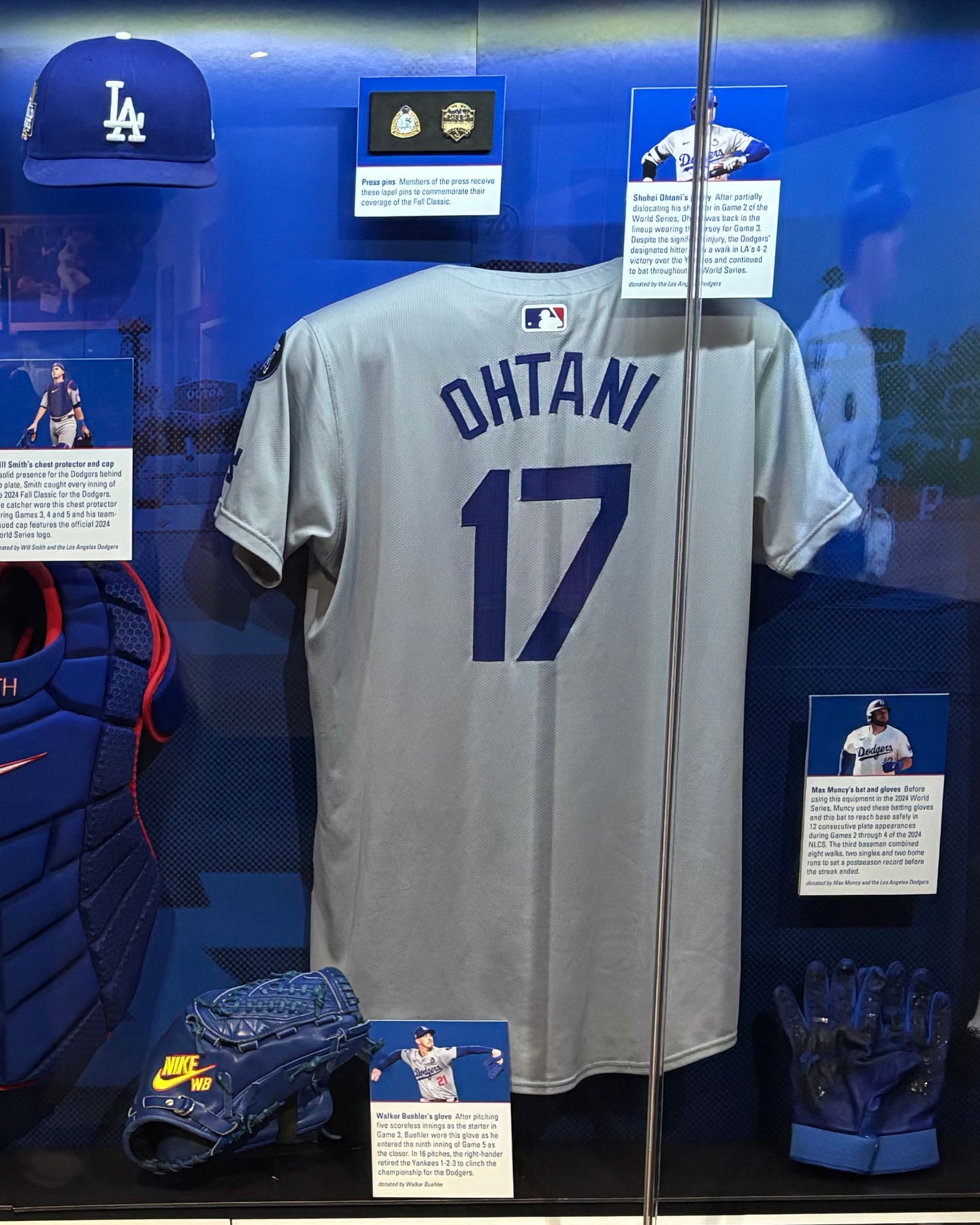Football
1956 Topps Football
They say you can’t go home again. Maybe so, but Bob Shade has occasionally driven through his old neighborhood, so to speak.
Shade not only opened packs of Topps Football cards in the fall of 1956, the first time the card maker featured all NFL players, but he had ample opportunities to open more wax packs from the issue decades later.
Those second chances started in the early 1990s when Shade purchased a full, unopened wax box of 1956 Topps Football, 24 nickel packs, in a Leland’s auction for $2,500.
The urge to open the packs was manageable enough for years, said the hobbyist from Massachusetts, but those feelings changed.
“I was getting to the point where I was going to sit down some night and open every pack,” said Shade. “Financially, that would have been a bad thing to do, but an awful lot of fun.”
So, he auctioned off the entire box. “The packs were all graded, with most being GAI 5 or 6,” he recalled. “I sold it in 2005 and the profit was very rewarding.”
Heeeeere’s Johnny!
A leaping, pass-catching Johnny “Jack” Carson leads off the 1956 Topps Football offering and, for several reasons, the card is very hard to find in ultra-high grade.
Why? For starters, the production numbers of non-baseball cards from the period were generally low and, like virtually any trading card from back then, well-centered samples are uncommon.
Toss in some of the regular practices of the day with cards: flipping contests, clipping them to bike spokes, keeping the pasteboards in numerical order and carrying stacks of them held together with rubber bands (where the first and last cards often suffered deeper indentations from the elastic loops) – it’s a wonder how many survived in at least decent shape.
Plus, Carson was a Redskin and all Washington cards were short-prints in the 1956 gridiron collection – as were all Chicago Cardinals pasteboards.
Sports card enthusiast Drew Weber said other flaws could plague the ’56s as well.
“Topps used a wire to cut the cards back then and it sometimes produced a not-so-smooth cut. Print marks are everywhere, especially yellow ones on the Redskins cards. Also, like all old cards, gum stains are prevalent.”
“Many collectors think the Cardinals are as tough, or tougher, to find than the Redskins short prints (in 1956),” said Weber. “Although they may be equally tough to find, the Redskins are twice as hard to find in decent shape. In fact, only seven Redskins cards have garnered a PSA 9, compared to the Cardinals, who have a ton graded in 9 and even a few 10s.”
“And within the Redskins short prints certain cards are tougher to find in good shape than others,” continued Weber. “I think (Dale) Atkeson and Carson are the toughest.”
At last check, both of those cards only had a handful of PSA 8s, two PSA 9s and none higher within the hobby.
Joe Hix has kept a close eye on the Carson card as of late and some of the numbers have been impressive.
“In December (2006) on eBay, a PSA 8 Carson went for $2,225 – that’s almost four times book,” said the Las Vegas-area resident.
Hix wasn’t totally surprised by the PSA 8 Carson reaching such levels. The collector started working on the set in the spring of 2006 and said he purchased most of the 1956 cards he wanted off eBay at below PSA’s Sports Market Report estimates, but later in the summer that reversed with some cards “going well over the SMR price.”
And he sees the higher prices continuing for a while. “The 1956 set is one of those sets that people now seem to be noticing,” said Hix.
The relative affordability for cards in decent/collectible condition, he noted, generates much of the recent interest in the collection.
Part of the appeal, too, is the distinctive style of the ’56s.
“Topps did a great job on designing the set,” said Shade. “There was always a nice bold picture of the player and the backs were loaded with player information and bios.”
The company also color-coordinated the backgrounds on the card fronts with the player’s team. “When you got a yellow background you knew you had a player with the Bears, a light green was Steelers, etc,” said Shade. “Bowman had done the same thing in its 1955 football set.”
Hix shared the same basic sentiment for the 1956 issue and added, “Some of the poses are quite dramatic, and some are even comical.”
I Want To Fly Like An Eagle
Hall of Famer Chuck Bednarik (No. 28) has a funny photo in the collection. One hobbyist said the shot of the Philadelphia Eagle center/linebacker, “looked like he’s trying to climb out of the card.” The picture of Bednarik’s teammate, Norm Willey (No. 88) no doubt won the 1956 award for “Most Resembling a Pro Team Logo.”
The 1956 issue was the first Topps Football set made since the company acquired Bowman, its card-making rival, after the 1955 season and it was the last of the bigger-format, regular issue sports cards.
This larger format (25/8 by 35/8) is not to be confused with some of the cards in the collection being bigger than average on occasion.
“Card No. 94, Chuck Ulrich, has an oversize version that looks fake, it is slightly bigger than the normal card,” said Weber.
“Interestingly, Buddy Young (No. 96) also has an oversize version that looks fake and is slightly bigger. My theory is that there was some kind of problem with that part of the sheet.” Weber has seen versions of Ulrich and Young in oversized PSA holders on eBay.
Tuff Stuff Sports Collectors Monthly lists a “raw” near-mint 1956 set at $1,500. Lenny Moore’s rookie pasteboard leads all regular cards in the issue at $85, followed by Carson and Ollie Matson ($75 each), Frank Gifford ($60) and George Blanda ($50). Two other newbies of note are Joe Schmidt ($45) and Roosevelt Brown ($40).
The debut of regular-issue team cards took place in this set and the two hardest to find, expectedly, are the Cardinals ($100) and Redskins ($85).
The key to the set, however, is the unnumbered checklist. The short-print lists for $400 in near-mint condition.
Cards passing through reputable professional grading companies can ultimately cost significantly more than their raw/unslabbed versions.
And for the true completist, there are the contest cards. These “extras” came in some of the packs and collectors were urged to guess the scores of football games during the season, send the cards in with their “picks” and possibly win prizes such as a football, basketball or
baseball glove. The contest cards, labeled with a number (1 through 3) or letter (A or B), are rarely found – much less in top shape.
“Back in the 1990’s it was widely accepted there existed a sixth contest card, which was contest card C,” said Weber. “It is now widely accepted that it doesn’t exist. I have never seen one and my theory is that there were a few made but no more than 5 or 6 circulated.” No 1956 “C” cards have been graded by PSA.
The King and I
Other debuts orbiting somewhat near Topps’ initial all pro set in 1956 included the NFL Players Association, the industrial video tape recorder which helped revolutionize TV production, and CBS became the first TV network to broadcast selected regular-season football games in certain markets across the U.S.
Elvis Presley also “premiered” on CBS in 1956. The singer, eventually known as “The King of Rock and Roll,” made his first network TV appearance on the weekly variety program “Stage Show,” hosted by big band musicians Tommy and Jimmy Dorsey. Presley made six appearances on “Stage Show” in early 1956 and eight-year-old Bob Shade met the future icon at one of them – as the collector had an uncle who managed the Dorsey Brothers.
The youngster was unfazed by meeting Presley, but Shade was very excited when the 1956 Topps Football card issue hit store shelves and his interest in it remains strong.
“The ’56 football set will always be popular with collectors,” said Shade. “It’s a short set, only 120 cards, not including the checklist and contest cards, which makes it desirable. It’s not loaded with great rookie cards, but there are a lot of great Hall of Famers and it’s sharp looking.”
Or, as Elvis might have summarized the ’56 gridiron issue, “those are slick, man, real slick – just don’t flip’em near my Blue Suede Shoes.”



